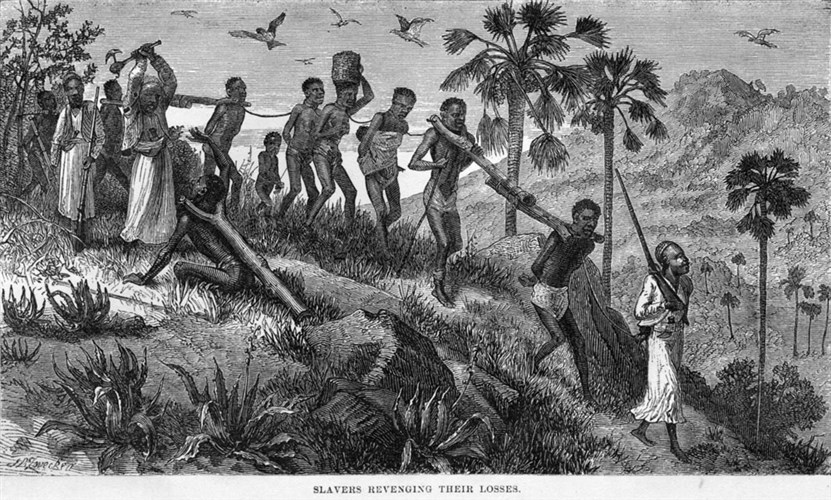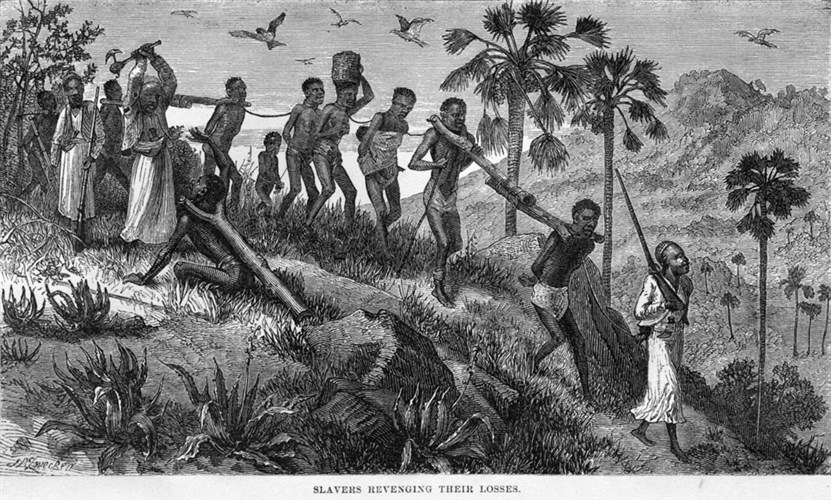In “The Legacy Of Slavery In Suriname: A Historical Examination,” take a closer look at the profound impact of slavery on the nation of Suriname. With a focus on its historical significance, this article explores how the remnants of the past shape the country’s present reality. From the grim reality of the slave trade to the influence on cultural traditions, this examination sheds light on the enduring legacy that slavery has left on Suriname. Join us on this journey as we uncover the untold stories and hidden truths of this lesser-known historical chapter.
1. The Origins of Slavery in Suriname
1.1 Arrival of the Dutch in Suriname
Suriname’s history of slavery can be traced back to the arrival of the Dutch in the early 17th century. The Dutch established colonies and plantations along the coast of Suriname, primarily for the cultivation of crops such as sugar, coffee, and cocoa. This colonization was driven by the economic interests of the Dutch West India Company, which sought to exploit the natural resources and establish profitable trade routes.
1.2 Introduction of Slavery
With the establishment of plantations, the Dutch colonizers realized the need for a large labor force to work the fields and maximize their profits. The Dutch initially relied on Indigenous peoples as a source of labor, but due to the devastating impact of European diseases and resistance from the Indigenous population, they turned to the transatlantic slave trade.
1.3 Early Slave Trade in Suriname
The early slave trade in Suriname involved the forced transportation of African slaves from various regions of Africa, primarily from West and Central Africa. Slavery became deeply entrenched, and Africans were treated as property and subjected to unimaginable cruelty and exploitation. They were forcibly brought to Suriname under brutal conditions on slave ships, enduring the horrors of the Middle Passage.
2. Slave Trade in Suriname
2.1 Volume and Scale of Slave Trade
The slave trade in Suriname reached staggering volumes. Over the course of nearly three centuries, an estimated 300,000 Africans were forcibly transported to Suriname. This influx of enslaved Africans played a crucial role in sustaining the plantation economy and the prosperity of the Dutch colonizers.
2.2 Impact on Demographics and Population
The slave trade had a profound impact on the demographics and population of Suriname. The majority of the population consisted of enslaved Africans, with only a small percentage being European colonizers. This demographic imbalance created a stark divide between the enslaved Africans and the ruling elite, perpetuating a system of racial hierarchy and oppression.
2.3 Slave Resistance and Rebellion
Despite the oppressive conditions, enslaved Africans in Suriname constantly resisted their enslavement. They engaged in various forms of resistance, including acts of sabotage, running away, and open rebellion. Notable rebellions, such as the 1763 Berbice Slave Uprising and the 1832 Paramaribo Slave Revolt, showcased the resilience and determination of the enslaved population.
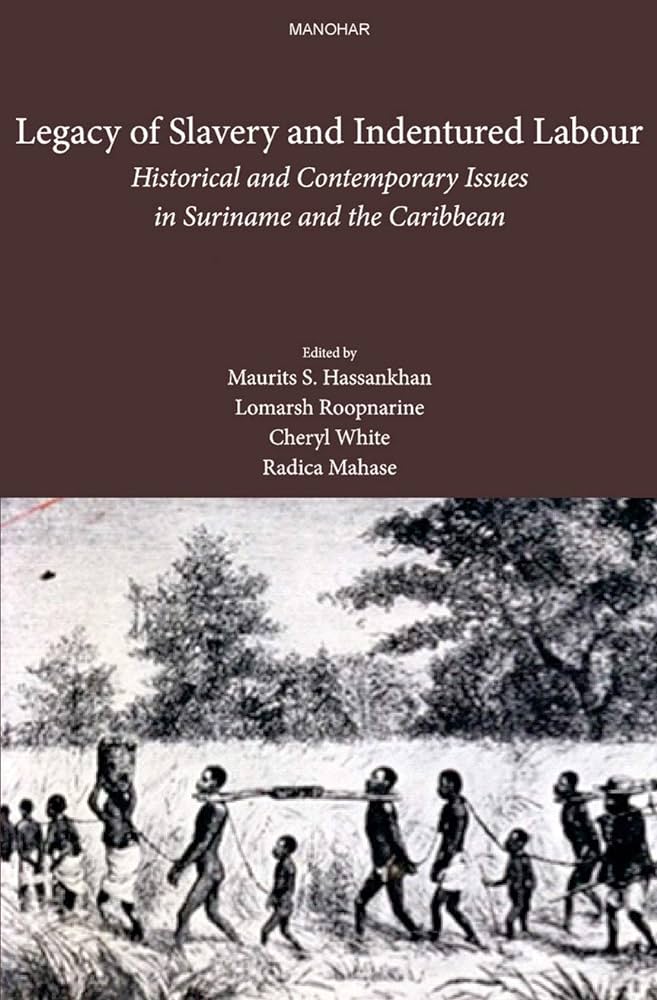
3. Plantation Economy and Labor System
3.1 Plantation Agriculture in Suriname
The plantation economy in Suriname revolved around the cultivation of cash crops, primarily sugar, coffee, and cocoa. Enslaved Africans were subjected to grueling labor on the plantations, working long hours in harsh conditions. The profits generated from plantation agriculture fueled the economic growth of Suriname, but at the expense of the enslaved population’s well-being and freedom.
3.2 Roles and Conditions of Enslaved Africans
Enslaved Africans in Suriname were assigned various roles on the plantations, such as field laborers, domestic servants, and skilled artisans. These roles were often highly specialized, with each enslaved individual contributing to the overall productivity of the plantation. However, the conditions experienced by the enslaved population were deplorable, with overcrowded living quarters, inadequate food, and brutal punishments for even the slightest infractions.
3.3 Division of Labor and Social Hierarchy
The plantation system in Suriname reinforced a strict social hierarchy, with a small European ruling elite at the top and enslaved Africans at the bottom. Within the enslaved population, there were further divisions based on tasks, skills, and privileges. This division of labor and social hierarchy perpetuated an environment of inequality and dehumanization, with the enslaved Africans always at the mercy of their European captors.
4. Socio-Cultural Consequences of Slavery
4.1 Creolization and Emergence of Afro-Surinamese Culture
Despite the oppressiveness of slavery, it also led to the emergence of a unique Afro-Surinamese culture. The mixing of African traditions, European influences, and Indigenous practices resulted in a process called creolization. Afro-Surinamese people developed their own languages, music, dance, and culinary traditions. This cultural resilience played a crucial role in maintaining a sense of identity and community in the face of enslavement.
4.2 Language, Religion, and Music
Afro-Surinamese languages, such as Sranan Tongo and Saramaccan, evolved as a means of communication among the enslaved population. These languages incorporated African, European, and Indigenous elements, reflecting the diverse cultural backgrounds of the people. Similarly, Afro-Surinamese religious practices blended African spirituality with European Christianity, creating unique syncretic traditions. Music, particularly genres like kaseko and kawina, became powerful tools for storytelling and preserving cultural heritage.
4.3 Legacy of African Cultural Influences
The legacy of African cultural influences remains prominent in Surinamese society today. From traditional medicinal practices rooted in African herbalism to the vibrant celebrations of Javanese, Maroon, and Amerindian cultural festivals, Suriname’s cultural landscape is a testament to the enduring impact of African heritage. These cultural contributions are cherished and celebrated as essential components of Surinamese identity.
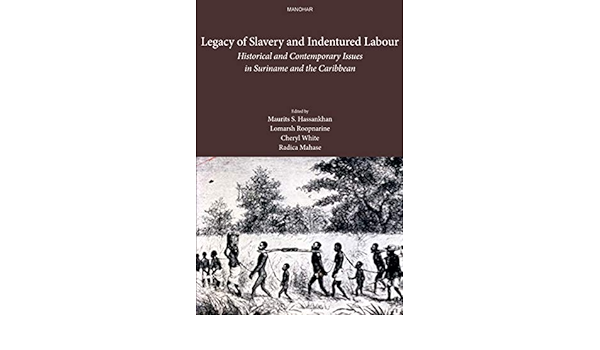
5. Abolition of Slavery in Suriname
5.1 Introduction of Emancipation
The abolition of slavery in Suriname came in stages. Initially, in 1863, the Dutch government introduced a system known as “emancipation.” Under this system, enslaved Africans would be considered free but were still required to work on the plantations for a period of ten years as “apprentices” to their former masters. This system was met with resistance and dissatisfaction from the newly freed population.
5.2 Procurement of Freedom
Following the period of apprenticeship, the enslaved population was officially emancipated in 1873. However, true freedom was not immediately realized for many Afro-Surinamese individuals. They faced numerous economic and social challenges as they struggled to establish themselves in a society still dominated by the descendants of European colonizers.
5.3 Impact on Society and Economy
The abolition of slavery had a profound impact on Surinamese society and the plantation economy. The slave-based agricultural system began to crumble, as the formerly enslaved population sought new opportunities beyond the plantations. Additionally, the Dutch government implemented policies to attract Indian and Javanese laborers, diversifying the labor force and fundamentally altering the ethnic composition of Suriname.
6. Post-Emancipation Challenges and Developments
6.1 Transition to Free Labor System
The transition from slavery to a free labor system presented significant challenges for the newly emancipated Africans. They faced economic exploitation, inadequate access to education and healthcare, and limited employment opportunities. Many former slaves continued to live and work on the plantations, facing exploitative conditions reminiscent of slavery.
6.2 Economic Shifts and Consequences
The abolition of slavery resulted in a sharp decline in the profitability of the plantation economy. Without the free labor provided by enslaved Africans, plantation owners faced increased production costs and struggled to maintain their previous levels of prosperity. This decline in the plantation economy ultimately led to a shift towards other industries, such as gold mining and logging.
6.3 Continuing Discrimination and Racism
Despite the official end of slavery, discrimination and racism persisted in Suriname. The socio-economic disparities between different racial and ethnic groups persisted, with Afro-Surinamese individuals experiencing the brunt of this discrimination. The legacy of slavery and colonialism continued to shape societal attitudes and hinder efforts towards true equality.
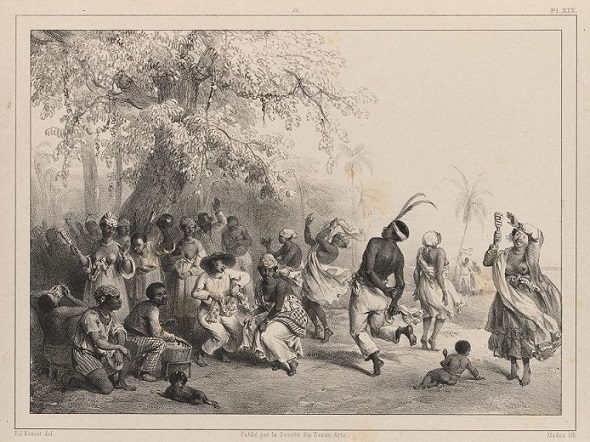
7. Trauma, Memory, and Reconciliation
7.1 Psychological Impact of Slavery
The legacy of slavery has had a lasting psychological impact on Surinamese society. The trauma endured by enslaved Africans and their descendants continues to reverberate through generations. This historical trauma has contributed to the persistent social and economic inequities, as well as the ongoing struggle for recognition and healing.
7.2 Commemoration and Public Memory
Efforts to commemorate and remember the history of slavery in Suriname have gained momentum in recent years. Various events, such as Emancipation Day and Keti Koti, have been established to honor the resilience and resistance of the enslaved Africans. These commemorations serve as a reminder of the struggles faced by previous generations and foster a sense of collective memory and solidarity.
7.3 Efforts for Reconciliation and Healing
Acknowledging the legacy of slavery and working towards reconciliation has become an important focus for Surinamese society. Initiatives have been launched to promote dialogue, education, and grassroots activism, aimed at addressing the deeply ingrained inequities and fostering social cohesion. By confronting the painful past and promoting healing, Suriname aims to create a more inclusive and just society.
8. Contemporary Issues and Activism
8.1 Persistent Socio-Economic Inequalities
Suriname continues to grapple with persistent socio-economic inequalities, many of which are rooted in the legacy of slavery. Afro-Surinamese individuals, in particular, face systemic barriers in accessing education, healthcare, and employment opportunities. Activists and organizations are working to address these disparities and promote social and economic justice for all Surinamese citizens.
8.2 Education and Awareness for Slavery Legacy
Educating the population about the history and legacy of slavery is crucial for fostering understanding and empathy. Efforts are being made to incorporate comprehensive and accurate information about slavery into school curricula. Additionally, projects and initiatives are being developed to provide resources and platforms for public engagement with Suriname’s history of slavery.
8.3 Demands for Reparations and Compensation
The issue of reparations and compensation for the descendants of enslaved Africans remains a contentious topic in Suriname. Activists and organizations argue that reparations are essential for addressing the historical injustices and the enduring socio-economic disparities faced by Afro-Surinamese individuals. These demands for reparations serve as a call for acknowledgment and redress for the atrocities committed during slavery.
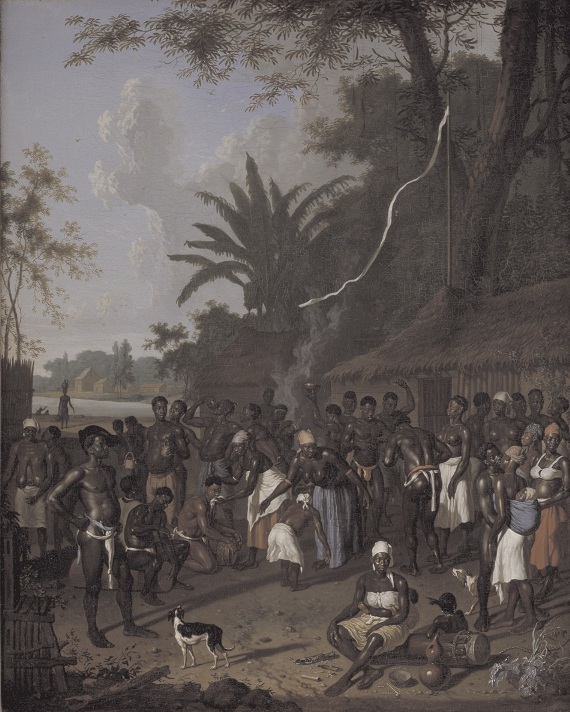
9. Preserving and Documenting Slave History
9.1 Importance of Preserving Slave History
Preserving and documenting slave history is crucial for understanding the full extent of the experiences of enslaved Africans in Suriname. It provides an opportunity for future generations to learn from the past and ensure that the voices of those who suffered are not forgotten. By preserving slave history, Suriname can confront its past and strive for a more inclusive and equitable future.
9.2 Archival Research and Oral History
Archival research and oral history have been instrumental in uncovering the stories and experiences of enslaved Africans in Suriname. Researchers and historians have delved into historical records, plantation documents, and personal testimonies to shed light on this dark chapter in Suriname’s history. The voices of those who were silenced through enslavement are now being heard, bringing their stories to the forefront.
9.3 Museums and Cultural Institutions
Museums and cultural institutions play a vital role in preserving and sharing the history of slavery in Suriname. The Surinaams Museum, for example, houses a collection of artifacts, documents, and exhibitions that explore the legacy of slavery. These institutions provide spaces for education, reflection, and dialogue, ensuring that the history of slavery remains visible and accessible to all.
10. Looking Towards the Future
10.1 Reimagining Suriname’s Identity
Looking towards the future, Suriname has an opportunity to redefine and reshape its identity. By acknowledging the painful history of slavery and embracing its multicultural heritage, Suriname can foster a sense of unity and belonging among its diverse population. Embracing the African heritage and contributions can serve to strengthen Suriname’s cultural fabric and reframe its national identity.
10.2 Promoting Equality and Social Justice
Promoting equality and social justice is crucial for moving forward as a society. Ensuring equal access to education, healthcare, employment, and opportunities for all Surinamese citizens can help address the long-lasting effects of slavery and systemic discrimination. By dismantling barriers and creating an inclusive society, Suriname can strive towards a more equitable future.
10.3 Lessons from the Legacy of Slavery
The legacy of slavery in Suriname offers important lessons for the present and future. It serves as a reminder of the atrocities committed in the pursuit of economic gain and power. By learning from this dark history, Suriname can reject racism, discrimination, and exploitation in all its forms. The legacy of slavery should serve as a perpetual call to action, urging Suriname to build a society rooted in justice, equality, and compassion.
